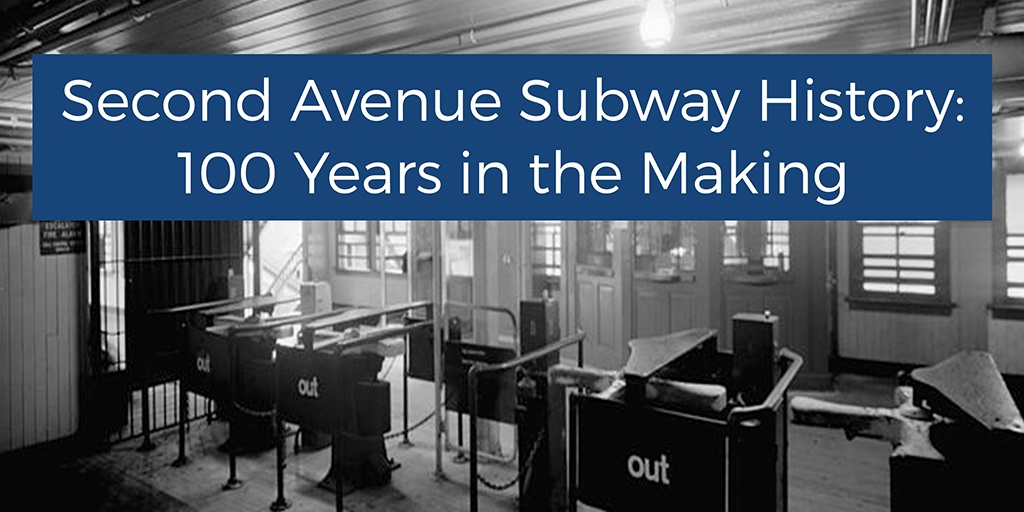At the end of 2016, Phase 1 of the long-awaited Second Avenue Subway finally came to completion and opened with a regular weekday schedule on January 1, 2017. The completion of this project is considered “the first major expansion” of the subway in over a half-century.
In last month's Partner Perspective article, we forecasted that the new subway line would lead to sound investments in redeveloping and creating new beautiful spaces for people to live, work, and play across the East Side in 2017. Now, we take a look back at this project's expansive history—its means of construction which goes back nearly a century. Explore the history of the Second Avenue subway below. When you’re finished, you might find the completion of Phase 1 to be a bigger deal than anticipated.
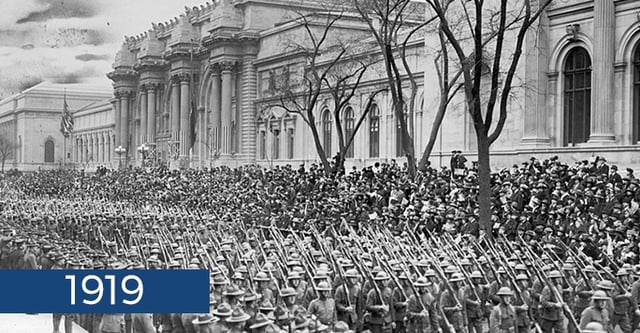
Photo Credit: Public Domain
1919: Development for the Second Avenue Subway Line, what would later be referred to as the Independent Subway System, originally began as part of an expansion project to manage the surge in subway ridership that occurred after World War I. The IND, however, would be postponed time and again for decades to come. Crippled first by the Great Depression, the Second Avenue Subway was derailed due to a lack of funding. Unfortunately, this was only the first in a long line of the Line’s woes.
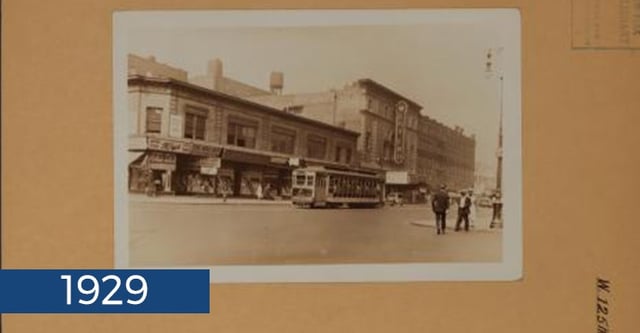
Photo Credit: NYPL Archives
1929: The Board of Transportation of the City of New York gave tentative approval to the expansion of the Second Avenue Line, which would include four tracks from the Harlem River to 125th Street, six tracks from 125th Street and a link to the 6th Avenue Line, four tracks from said line to Chambers Street, and finally, two tracks from Chambers to Pine Street. Due to the Great Depression and ever-rising cost of living, by the following year, the IND was shortened to between 125th and 34th Streets.
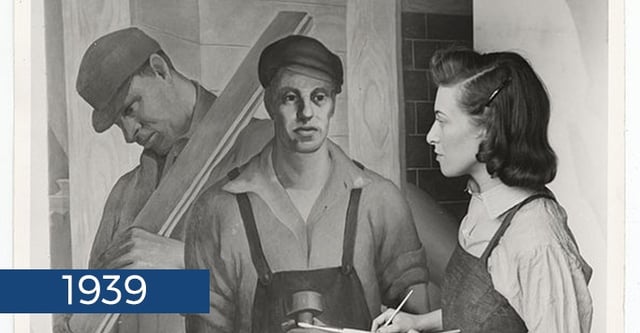
Photo Credit: Public Domain
1939: The Great Depression continued to make life in the City, and in the rest of America, effectively unbearable. Construction costs, and costs in general for otherwise manageable day-to-day 
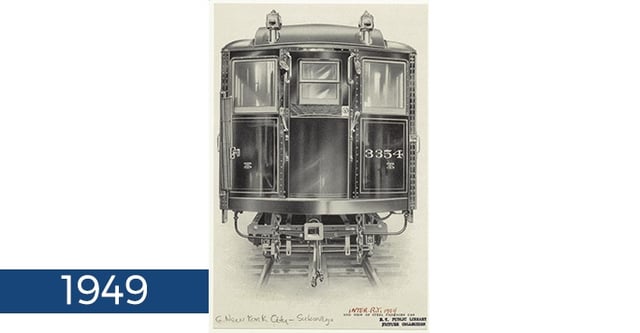
Photo Credit: NYPL Archives
1949: The NY BOT ordered 10 new prototype stainless steel subway cars to be used for the Second Avenue line. Equivalent to over one million dollars today, the cars cost a whopping $100,000. In the few years following, the Korean War caused prices of construction materials to heighten. From a half-billion-dollar bond measure, $112 million went toward the Second Avenue Subway. Construction was postponed again to a time in a five-year window between 1952 and 1957.
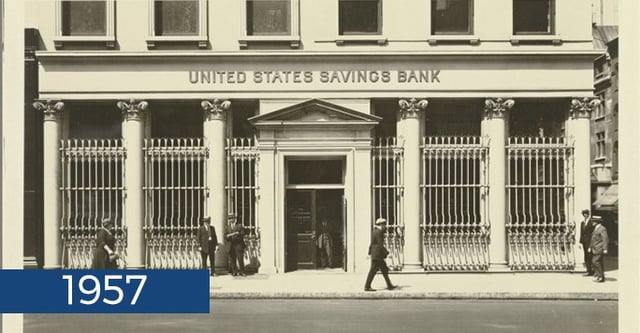
Photo Credit: NYPL Archives
1957: The year 1957 brought with it the reality that the bond received would not cover the cost of the Second Avenue Line. It had been used elsewhere, for other projects, and the Line's construction would, yet again, be postponed. Due to inflation, Charles L. Patterson of the NYCTA admitted, the Second Avenue Line would likely not be completed for quite some time.
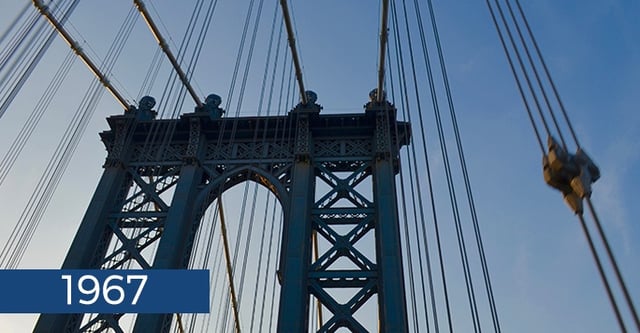
Photo Credit: Sara Cottle
1967: With the 60s also came crowding in the city, and greater use patterns of the aforementioned Lexington Line. So in 1962, construction began to connect the Manhattan and Williamsburg Bridges and the Sixth Avenue Line, which was originally the proposed "Chrystie Street Connection," proposed fifteen years earlier. Its opening day in November 1967 introduced the most significant service changes subway history has ever seen, including cross-platform transfer options. It was, for all intents and purposes, the first part of the Second Avenue line to ever come to fruition.
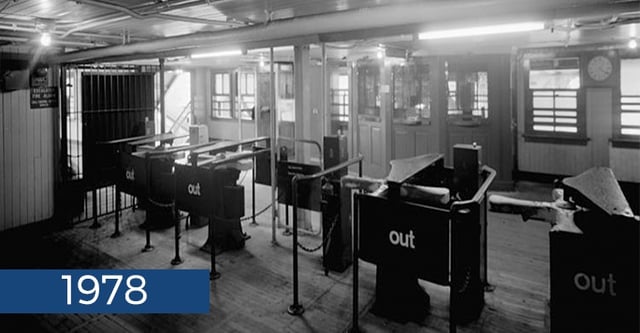
Photo Credit: Public Domain
1978: At the start of the 70s, a design contract for Route 132-C of the line was approved, and other routes were planned such that the entire line could be completed in phases. When the location of the stations for the subway 
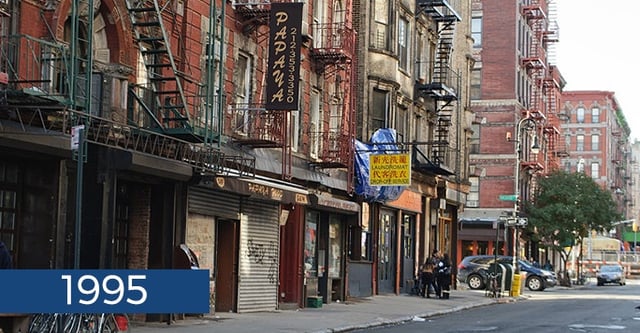
Photo Credit: 'Lower East Side' by InSapphoWeTrust under CC BY-SA 2.0
1995: It wasn’t until the early 1990s that the City started recovering financially. $22 million was initially given to renew planning and design of the Second Avenue Subway line by then-Mayor Mario 

Photo Credit: 'Second Avenue Subway Map
2001: After much discussion and plenty more planning, in late 2001, preliminary engineering for a full-length Second Avenue Subway was approved. In 2003, $2 million in preliminary funding was approved, and in early 2004 the MTA’s final environmental impact statement was approved. The existence of a Second Avenue Subway was officially back on track.
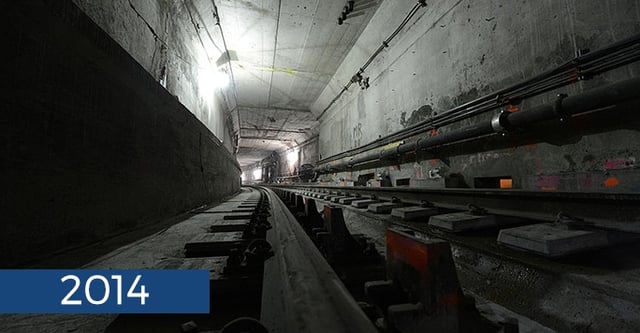
Photo Credit: 'Second Avenue Subway' by Metropolitan Transportation Authority of the State of New York under CC BY 2.0
2014: The Second Avenue Subway line was then divided into phases for completion. Phase 1 consisted of a proposed reroute of the Q, the Broadway Express via the BMT 63rd Street Line and north along Second Avenue. In 2014, Phase 1 was said to be 66% complete and the MTA Capital Construction President optimistically reported that the entire line would be completed by 2029. After a couple more years of construction, the entire line changed to just Phase 1 and Phase 2’s completion by 2029. At the beginning of 2016, $66 million was allocated to speed up the Phase 1 completion process. In summer of 2016, Phase 1 was said to be 96.3% complete.
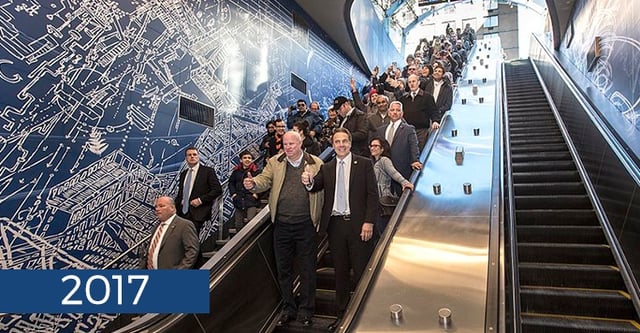
Photo Credit: 'Second Avenue
2017: From October 2016 onward, workers on the line started operating overtime to finish Phase 1 by New Year's Eve. After all the hard work and push for completion of this first major expansion in over a half-century, a ceremonial first train ride left 72nd Street at 10:30 pm on New Year's Eve. By January 3, 2017, the newly opened line began operating on a regular weekday schedule. Phase 2 has already begun the process of securing funding, and if all things go according to plan, the 2029 completion date will remain. Phases 3 and 4 have yet to secure funding. The Second Avenue Subway line has been over 100 years in the making, and with the completion of Phase 1, it seems to finally be heading in the right direction.
Sign up for Insights for more background information on other big New York City projects.


